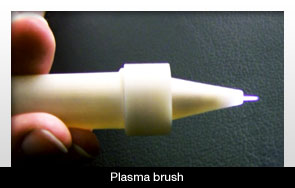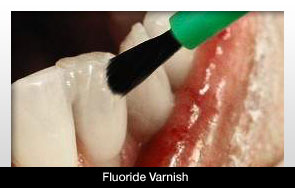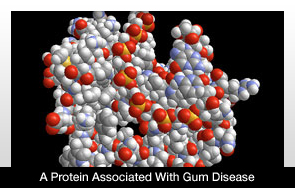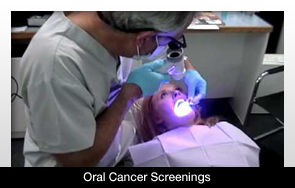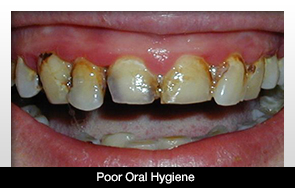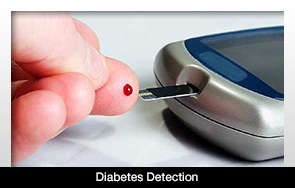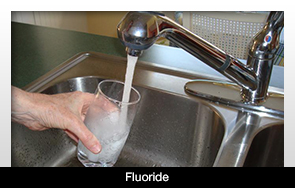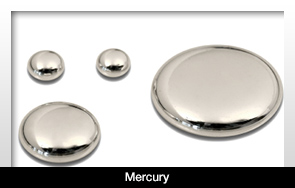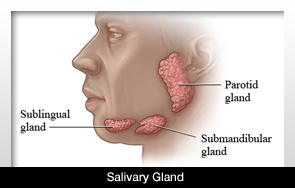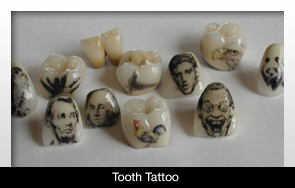Written by Dentistry TodayTuesday, 27 December 2011 10:50

There’s no link between what one perceives as sweetness and what the person actually eats. In other words, it’s plausible that the more aware a person is to sweet tastes that the less sweet food he or she may eat.
The information was reported by a research team at Deakin University in Melbourne, Australia.
The goal of the study was to determine the level of sweets a person consumes based on how sensitive he or she is to sweets.
To gather the data, the research team studied 85 people and asked them the level of sweetness of a sucrose solution. The researchers then studied the dietary intake over several days.
The research team specifically looked at the amount of sugary foods the people ate compared to the number of fruits and vegetables, in addition to carbohydrates, protein and fat.
One issue with this study was that many people fit the same demographic. In future research on this subject, there will be a wider variety of people based on age, ethnicity, BMI, etc.
A person would need to find a way to get sweet foods out of his or her mind to successfully avoid eating such foods. It could be helpful to consistently eat healthier foods as a way of getting sweet foods completely of your mind.
More research is necessary involving the cause of the sweet tooth since this research showed that there’s no correlation between one’s awareness level of sweet foods and the amount of sweet foods the person consumed.
